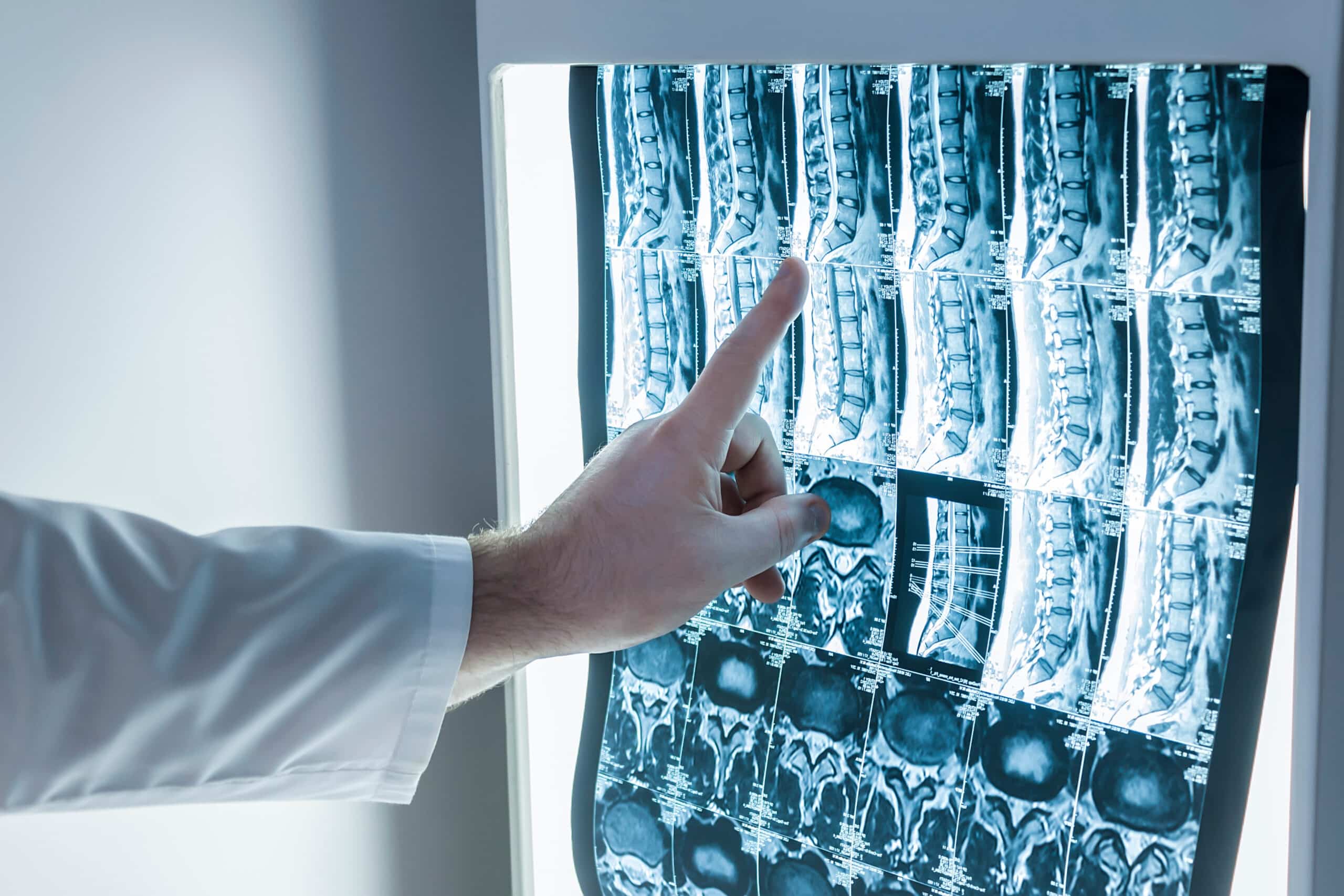Spine Care
back and neck Pain Treatment at Orthopedic and Spine Centers of Wisconsin
Appointments Available Within 24hrs
Understanding Back and Neck Pain
Back and neck pain are among the most common reasons patients seek care from a physician. In fact, it is estimated that up to 80% of people will experience back or neck pain at some point in their life. In many cases, this pain will subside in a few days with rest and over the counter remedies.
However, when this pain does not subside or limits your ability to perform daily activities, you may want to consider seeing a spine specialist. Fortunately, the Board Certified and Fellowship Trained Spine Specialists at Orthopedic & Spine Centers of Wisconsin have helped thousands of patients return to an active lifestyle after treatment for back or neck pain.
Anatomy of the Spine
The spine has 33 individual vertebrae, which are grouped into five regions: the cervical (neck), thoracic (chest), lumbar (lower back), sacral (pelvis), and coccygeal (tailbone) regions. Between each pair of adjacent vertebrae, there is an intervertebral disc that acts as a shock absorber and allows for some movement between the vertebrae.
Each vertebra in the spine has a similar structure, consisting of a round body at the front and a bony arch at the back that encloses and protects the spinal cord. The arch also has several bony projections, including the facet joints, which serve as attachment points for muscles and ligaments. The spinal column surrounds and protects the spinal cord, and spinal nerves branch off from it at each vertebral level to innervate different parts of the body.

Common Spine Conditions We Treat
Back Pain
Neck Pain
Herniated discs
Spinal stenosis
Degenerative disc disease
Spinal fractures
Spondylosis
Arthritis of the spine

Common Symptoms of a Spine Condition
Back or neck pain can be caused by damage or disease to several parts of the spine, including the vertebrae themselves or the intervertebral discs, spinal nerves or joints of the spine. Depending upon which area of the spine is affected, symptoms can come in various forms.
Some of the most common symptoms of a spinal condition include:
Persistent pain in the back or neck
Pain when sitting or standing
Difficulty walking for long periods
Pain that radiates into the arms or hands
Numbness or tingling in the hands
Numbness or tingling in the feet
Pain that radiates into the buttocks or feet
Elecric “shock” feeling down the back of the leg or through the arm
Pain that is worse after activity
Muscle spasms
Treatments for Back and Neck Pain
Our spine specialists will typically begin treatment using non-surgical options, such as injections or medications to alleviate pain and physical therapy to strengthen the muscles of the spine.
If these treatments are not effective and pain is limiting your ability to perform daily activities or be active, a surgical procedure may be discussed. If surgery is recommended, our spine surgeons utilize the latest advancements in Minimally Invasive Spine Surgery, which can reduce pain and allow for faster recovery times. These procedures utilize small incisions to correct the spinal condition and reduce tissue and muscle disruption.
Common spine treatments we offer include:
- Physical therapy
- Injection therapies
- Minimally invasive spine surgery
- Discectomy
- Artificial Disc Replacement (ADR)
- Lumbar spine fusion
- Cervical spine fusion
- Laminectomy or Decompression surgery
At Orthopedic & Spine Centers of Wisconsin, our team of physicians is here to help you. Our Board Certified and Fellowship Trained physicians have one goal: to get you back to an active lifestyle as effectively as possible. Book your appointment today.
